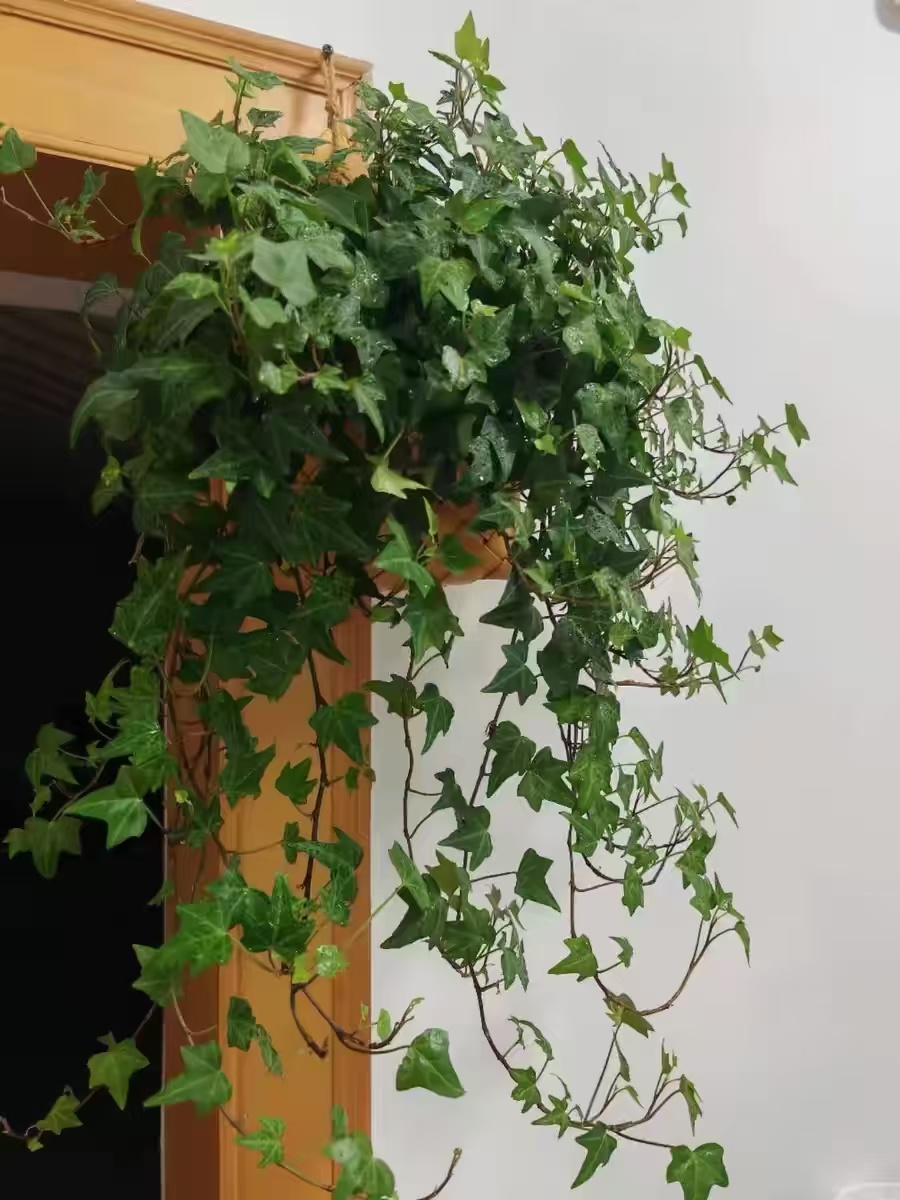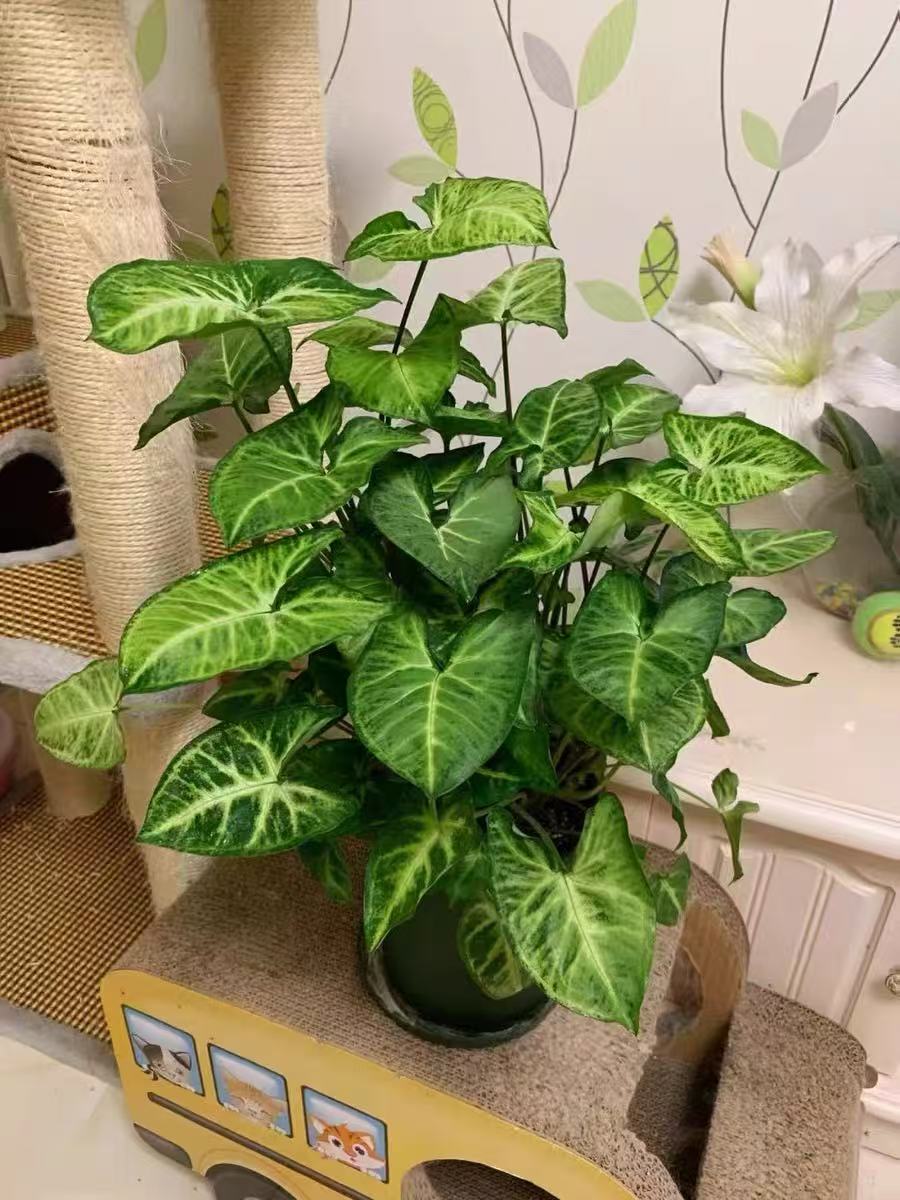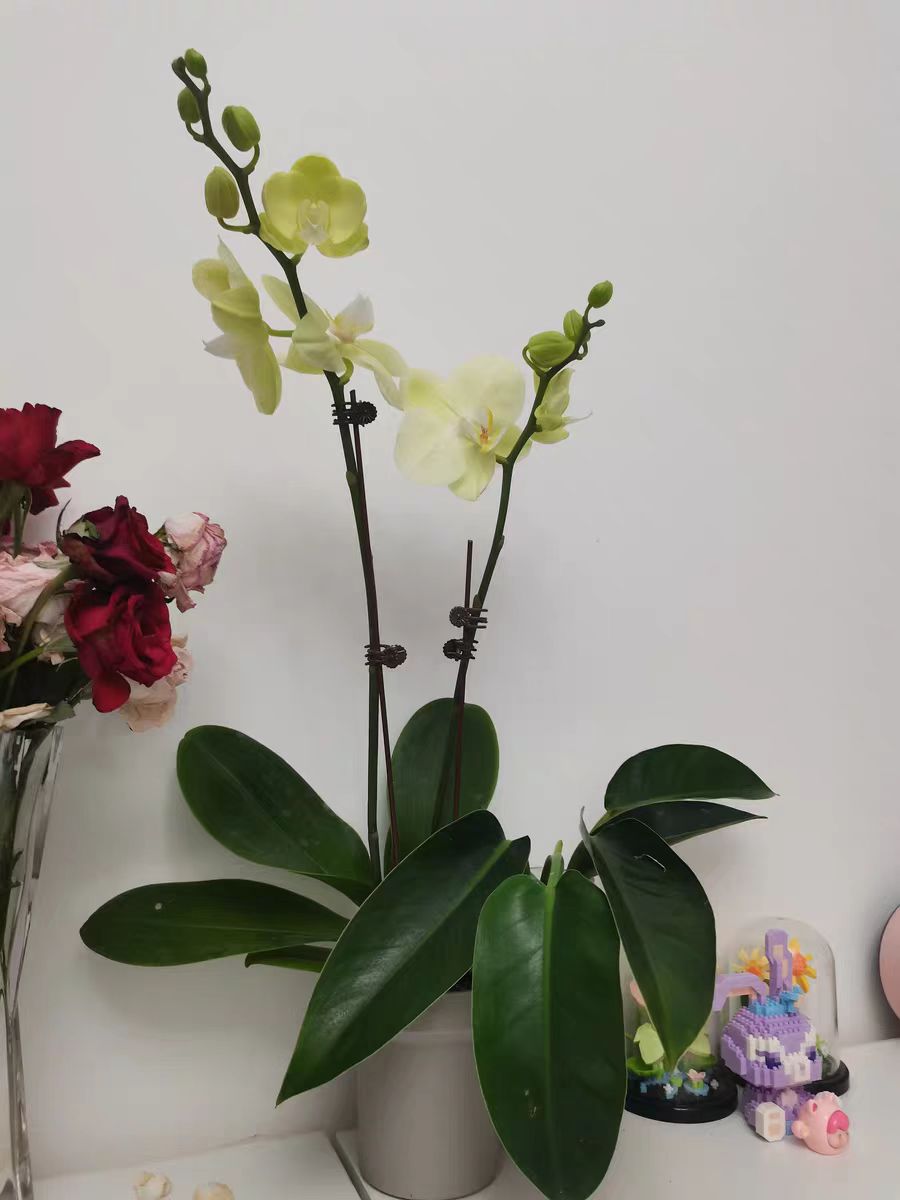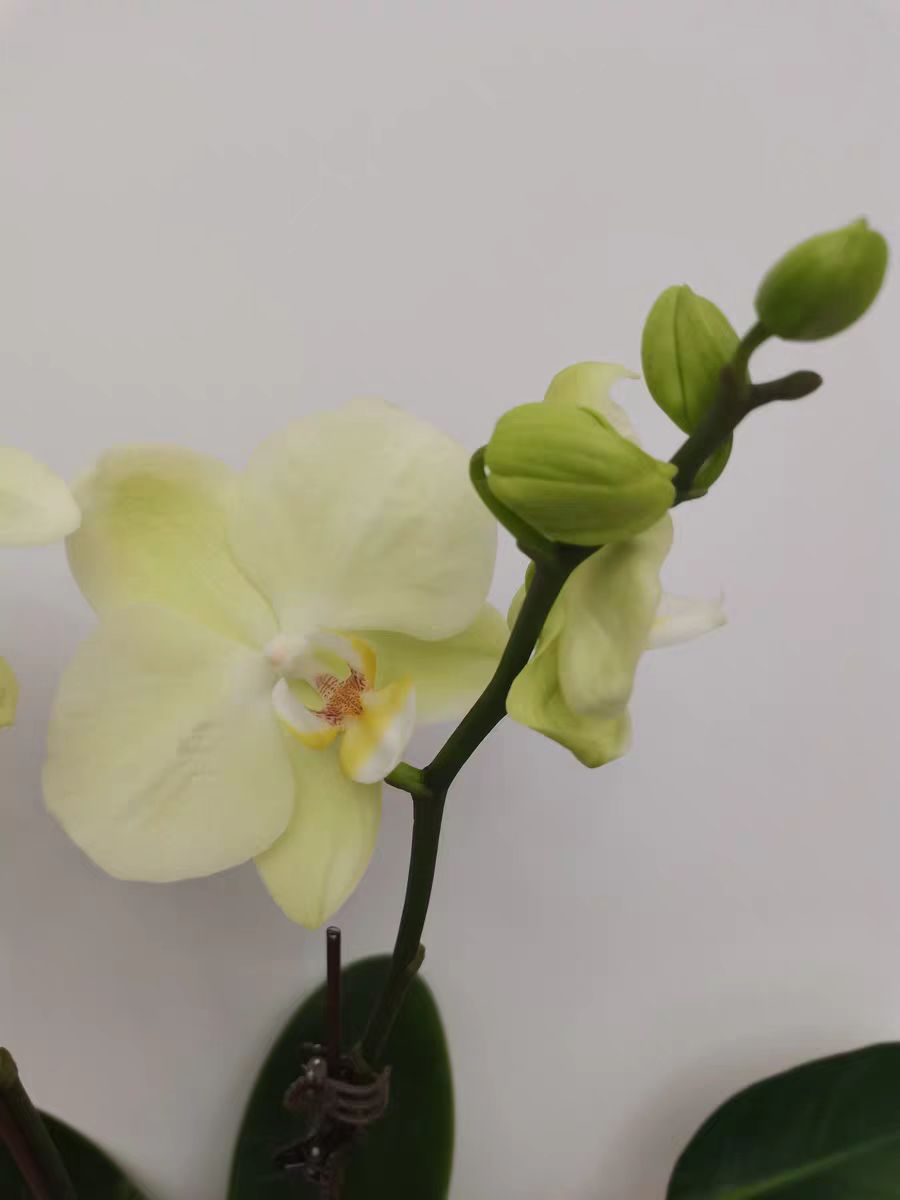In the gardening world, cutting propagation is undoubtedly an economical and efficient plant propagation method. Through simple operations, we can quickly multiply a plant into more offspring. Today, we are going to introduce those flowers and plants with special growth characteristics. They seem to be born with the gene for successful cutting propagation. With a simple insertion, they can easily survive. The following are five types of flowers and plants that are particularly suitable for cutting propagation.
Plants with adventitious roots easily growing between nodes
English Ivy
English Ivy is widely popular for its strong vitality and easy propagation characteristics. Its internodes are very easy to grow adventitious roots, which makes cutting one of the main ways of its propagation. When cutting English Ivy, just select a healthy branch, retain several internodes, insert it into a moist medium, and maintain appropriate temperature and humidity. Soon, new roots will germinate. English Ivy has strong adaptability and can thrive whether on the balcony, windowsill or in a place with sufficient indoor light.
Plants with thick leaves and taking root wherever they fall
Succulent plants
Succulent plants have unique appearances and tenacious vitality. Their leaves are thick and juicy and store a large amount of water and nutrients, which enables them to survive in harsh environments. Even more amazingly, many succulent plants such as Crassula arborescens and Kalanchoe daigremontiana can quickly take root and germinate under suitable conditions once their leaves fall to the ground and achieve self-propagation. Therefore, for this type of plant, cutting propagation becomes particularly simple and direct. Just gently pick off a healthy leaf, place it in a dry and ventilated place to dry the wound, and then lay it flat on the surface of moist soil or insert it into the soil. Soon, you can witness the birth of new life.
Plants with lateral buds easily growing after pruning
Jasmine
Jasmine, with its fragrant aroma, is deeply loved by people. In the process of maintenance, proper pruning can not only maintain its good plant shape but also promote the growth of lateral buds. After the branches of jasmine are pruned, new lateral buds often sprout at the wound. These lateral buds can not only make the plant more lush but also serve as excellent materials for cutting propagation. Just insert the healthy branches pruned down into a moist medium and maintain appropriate temperature and humidity. The lateral buds of jasmine can quickly take root and grow into new plants.
Plants with roots easily growing when cuttings are placed in water
Dracaena sanderiana
Dracaena sanderiana is a plant very suitable for hydroponics. Its branches are very easy to take root in water. For beginners, the cutting propagation of Dracaena sanderiana is undoubtedly an excellent practice object. Just trim a healthy Dracaena sanderiana branch to an appropriate length, remove redundant leaves, and then insert it into clear water. Keep the water clean and change the water regularly. Soon, you can observe the roots growing vigorously in the water. Dracaena sanderiana is not only easy to propagate but also implies good fortune and prosperity. It is an excellent choice for home decoration and giving as gifts.
Plants with tillers and underground stolons easily growing
Chlorophytum comosum
Chlorophytum comosum has green leaves and an elegant drooping posture. Even more is that Chlorophytum comosum also has extremely strong reproductive ability. Small plants (i.e., tillers) are easily grown on its stolons. These small plants will take root on their own and grow into new Chlorophytum comosum after maturity. In addition, Chlorophytum comosum can also reproduce through underground stolons. In the process of maintenance, we can use these characteristics for cutting propagation or division propagation. Just cut off the tillers or stolons with roots and plant them separately to easily obtain new Chlorophytum comosum plants.
These five types of flowers and plants with special growth characteristics undoubtedly provide us with rich materials for cutting propagation. As long as we master the correct cutting methods and give them appropriate maintenance conditions, we can easily enjoy the joy of successful propagation. Let's try it together!
Which plants are suitable for cutting propagation?

Share with
Tagged in :




Leave a Reply